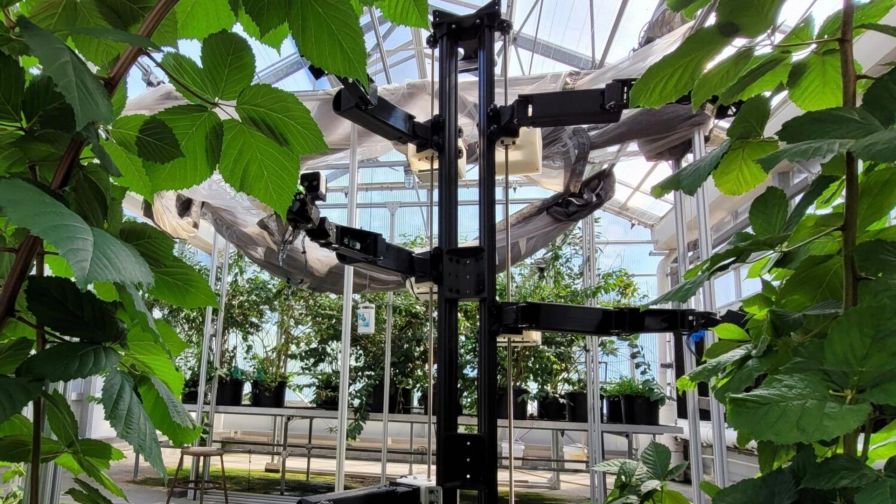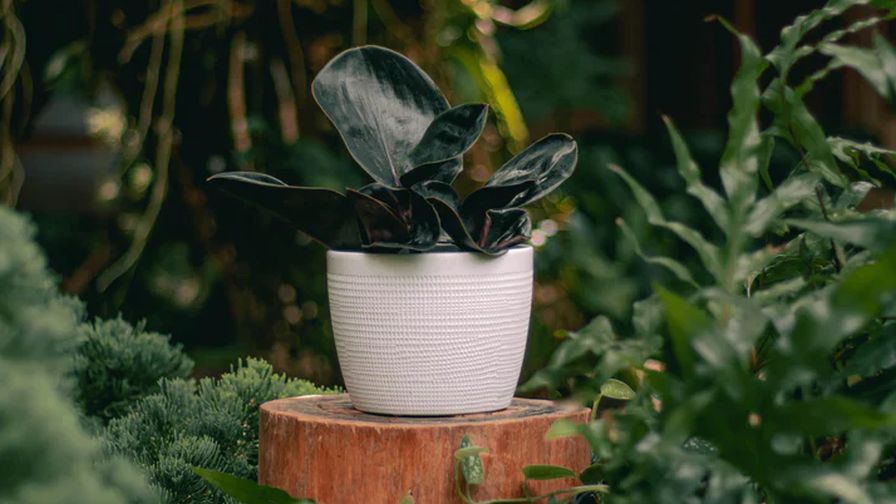New USDA Grants Will Invest in Controlled-Environment Research Projects
USDA’s Agricultural Marketing Service (AMS) recently announced a total of $72.9 million in Fiscal Year 2022 Specialty Crop Block Grant Program (SCBGP) funding. The funding is for departments of agriculture in the 50 states, the District of Columbia, and several U.S. territories.
These grants will be used to fund projects that support the specialty crop industry by enhancing food safety, investing in specialty crop research, including research to focus on conservation and environmental outcomes, developing new and improved seed varieties and specialty crops, and improving strategies for pest and disease control. In addition, some projects will focus on improving efficiency and reducing costs of produce distribution systems.
Funding for the grants is authorized by the 2018 Farm Bill and awarded for a three-year period beginning Sept. 30, 2022. Since 2006, USDA has invested more than $953 million through the SCBGP to fund 11,331 projects that have increased the long-term successes of producers and broadened the market for specialty crops in the U.S. and abroad.
A complete list of this year’s SCBGP grant recipients is available at ams.usda.gov. Here are a few projects that affect the controlled-environment industry:
- California Department of Food and Agriculture: Lettuce dieback causes stunting, necrosis, and often complete loss of lettuce crops, but diagnosis has been challenging because the disease was believed to have been caused by two tombusviruses (Moroccan pepper virus (MPV) or Tomato bushy stunt virus (TBSV) that are inconsistently associated with the disease. At best, either MPV or TBSV can be found in only 60% to 70% of symptomatic plants. Recent studies demonstrate that a novel virus, now called lettuce dieback associated virus (LDaV), is responsible for causing the disease and its presence in infected lettuce is highly correlated with lettuce dieback. This USDA-ARS project will develop antiserum for the detection of LDaV that can be used for serological detection; clone LDaV and develop an agro-inoculation system for easier inoculation of plants during greenhouse evaluation of germplasm for LDaV resistance; and determine if disease symptoms on lettuce are more severe when plants are infected by LDaV along with either tombusvirus, or by LDaV alone.
- Florida Department of Agriculture and Consumer Services: The University of Florida will develop indoor hop cultivation practices which will maximize hop aromatic and flavor characteristics to produce Florida-grown hops for commercial use by members of Florida’s Brewers Association. An additional goal of this project is to enhance existing entomological efforts by developing and expanding upon the use of banker plant systems for key pests of hops.
- Georgia Department of Agriculture: This project will evaluate water spinach (Ipomea aquatica). Until recently, water spinach was prohibited from being grown in Georgia, as it was classified as a noxious weed. With some restrictions being lifted, an opportunity exists to create a production system that will provide growers the ability to profitably grow this crop, outline the steps necessary to reduce movement of this plant into the natural ecosystem, and provide new market opportunities. The University of Georgia Research Foundation will develop best management practices for the protected culture of water spinach using greenhouse hydroponic methods and in-ground high tunnel production. It will optimize fertilizer nutrient management for hydroponic production and determine planting schemes for in ground production. Research will be conducted at two locations, Watkinsville, and Tifton, which will provide diverse soil types and differences in temperatures, allowing results to be adapted state-wide. Nutrient usage/removal data, harvest optimization, yield determination, and the development of a production schedule/guide for growers the state of Georgia will be outcomes from this project.
- Kentucky Department of Agriculture: The University of Kentucky seeks to explore energy-efficient strategies to improve the Kentucky floriculture industry by evaluating unheated high tunnel bedding plant production; determine bedding plants species suitable for unheated high tunnel production; explore methods to mitigate delays in plant development and marketability; and document carbon and water foot-printing to promote environmental stewardship. Upon completion, this project will develop efficiency benchmarks for Kentucky growers; an energy-efficient greenhouse grower’s guide; 12 bedding plant-specific factsheets; and showcase low-cost technologies available to assess energy consumption and water usage for greenhouse growers. In addition, educational programs will be provided to greenhouse growers and Extension personnel to showcase research findings and disseminate developed resources.
- Michigan Department of Agriculture and Rural Development: This proposal submitted by the Michigan Greenhouse Growers Council (MGGC) in conjunction with Michigan State University (MSU) researchers aims to reduce or eliminate losses from the impatiens downy mildew (IDM) pathogen and enhance the quality of bedding/seed impatiens (Impatiens walleriana) by introducing new strategies. A direct outcome of this project will be the reduction in exposure and costs to control IDM by greenhouse growers and landscapers through reducing the need for chemical fungicides. Researchers propose to reduce reliance on fungicides and enhance plant quality by 1) quantifying the effect of low-intensity lighting of different light qualities on a) the IDM pathogen, b) the plant’s susceptibility to IDM c) determining if growth or development are affected by different light qualities; and 2) providing grower outreach regarding fungicide alternatives.










